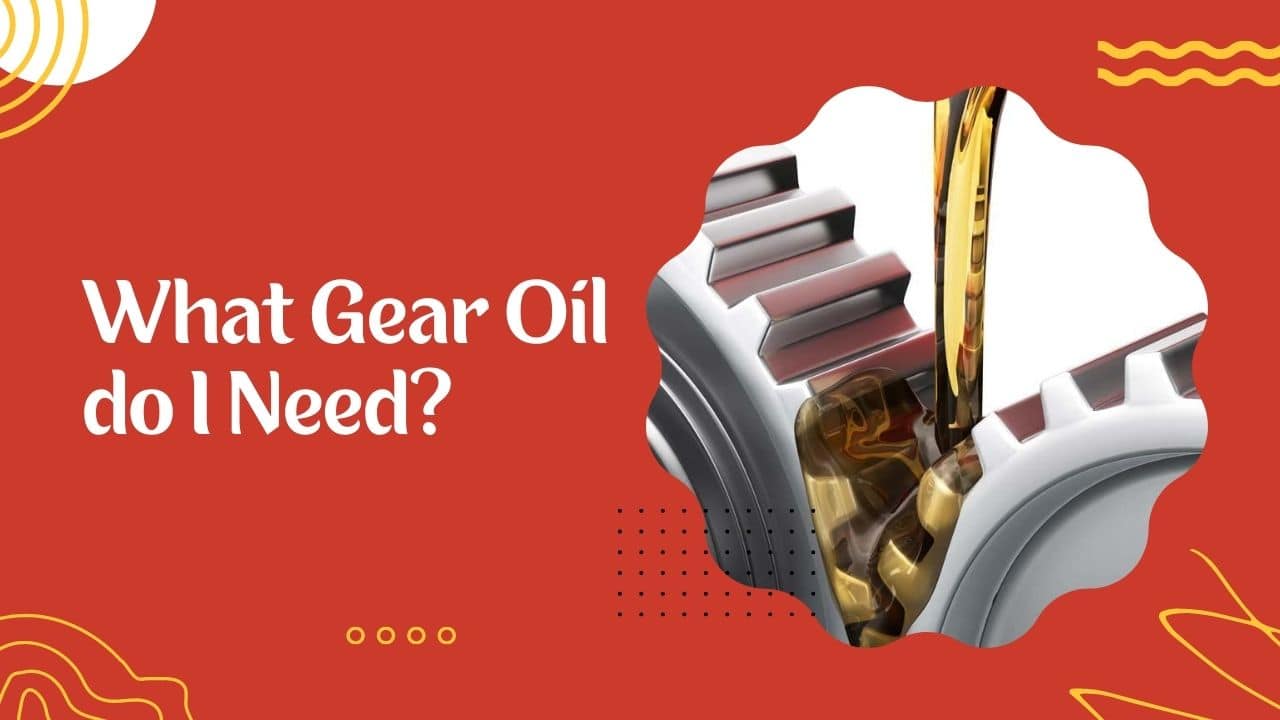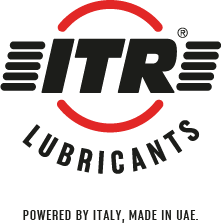
Your vehicle’s engine manufacturer’s manual will show you what oil you need for your car. Nevertheless, the general rule is that more viscous oils are better suited for rough surfaces, low speed, and loaded gears.
Less viscous gear oils, on the other hand, work best for faster engines with smaller loads. The thick oils work best for diesel engines, while the less dense ones are suitable for petrol vehicles.
Additives and base oil type are the other criteria for gear oil selection. Additives included in the oil determine the category in which the oil falls. They affect the oil’s performance.
The industry classifies gear oils into classes. Currently, class GL-4 is the most popular modern automatic vehicle class. It has just the right additive-viscosity balance for these vehicles.
Gear Oil Grades
The following are the various oil grades in the market:
GL-1
This class of oil is ideal for rarely used manual transmission engines. The oil requires minimal to no additives due to the low-pressure conditions in which it operates. Any oil containing high-pressure additives and friction modifiers doesn’t qualify for use in this category.
GL-2
Oil in this class has more additives than what you’d find in GL-1. Nevertheless, its oil does not include high-pressure additives. GL-2 is meant for the worm-gear type axle.
GL-3
These oils work for engines that handle more pressure than GL-1 and GL-2. They are typically manual transmission engines, and the oil has additives to help them accomplish the task.
GL-4
It contains extreme pressure additives and is most commonly used with the advent of automatic transmission engines. The class of oil works with engines that bear significantly higher loads.
GL-5
This is the oil you use for hypnoid gears and systems with similar loading. Oil in this class contains extreme pressure additives.
Types of Gear Oils
Besides grades, gear oils may be categorized based on the specifications below.
R & O Gear Oil
This rust and oxidation oil is designed to protect your gearbox from corrosion. All gear oils protect against rust and oxidation, but R & O oil is intended for the most vulnerable systems. A good example is gearboxes with high exposure to moisture.
EP Gear Oils
Extreme-pressure gear oils are used for slow-moving, high-load, high-pressure gears. The oils are laced with extreme pressure additives, which help reduce boundary conditions. When there is no space between gears as they move against each other, this is called a boundary condition.
The condition is usually caused by low gear oil viscosity when it is not enough to keep the interacting surfaces separate. Most slow, highly loaded gears experience this condition, and extreme pressure additives in the oil protect the surfaces from wear.
Compound Gear Oils
These oils have high viscosity, which improves their suitability for low-speed, high-pressure gears. They are referred to as “compound oils” because they are a combination of gear oils and fatty oils. Besides providing a protective film under challenging circumstances, compound oils also provide adequate lubrication.
Synthetic Gear Oils
These oils are made for extreme conditions where even the most effective ordinary oils don’t work. It is the oil you use in extreme temperature conditions. They are made from polyalphaolefin fluids and laced with additives.
Criteria for Choosing Gear Oils
The following are some factors to consider when choosing your gear oil.
Additives
There are various gear oil additives; extreme pressure, rust, oxidation inhibitors, tackifiers, and defoaming agents. Each additive enhances your oil’s ability to handle a specific situation.
Viscosity
Gear oil is meant to create a protective film without inhibiting movement. This is unlike other applications where people use oils primarily as lubricants. Low viscosity is better when oil is a lubricant, but high density works when oil is protective.
Viscous oil, therefore, is ideal for low-speed, high-pressure gears such as diesel engines. Conversely, lower viscosity oil is best for high-speed, smoother gears like those in petrol engines.
Adhesion
Adhesion refers to the oil’s ability to cling to the surface of the gear. This ensures that your oil doesn’t flow off the gears, exposing them. It enables the protective film to remain in place as the gears move against each other.
Emulsion Level
Gear oils should keep water off the surfaces they protect. Moisture on the metal surfaces leads to oxidation and destruction of the gears, which will soon have you shopping for repair parts. Therefore, your oil should easily separate from the water instead of emulsifying it.
Resistance to Foaming
Gears constantly move at high speeds, which can easily cause the oil to foam. Good quality oil should have anti-foaming agents to keep foam at bay.
Thermal Stability
Gears generate heat as they turn, so gear oil should be able to withstand the heat. Any oil without the ability to withstand heat degrades faster, losing its viscosity, and it may turn into sludge.
Conclusion
The purpose of gear oil is to protect gear surfaces from wear and tear. Viscosity and additives play an essential role in enhancing the oils’ efficiency. More viscous oil works best in low-speed, high-pressure gears, and less viscous gear oil with high-speed, low-pressure gears.
There are different categories and types of gear oil from which you should choose the one that works best. ITR Lubricants offers the Gear Oil EP range, a mineral oil-based lubricant. ISO certified. 50+ years. Italian production technology Sixteen facilities and 57 distributors. Get a quote for the gear oil you need.
